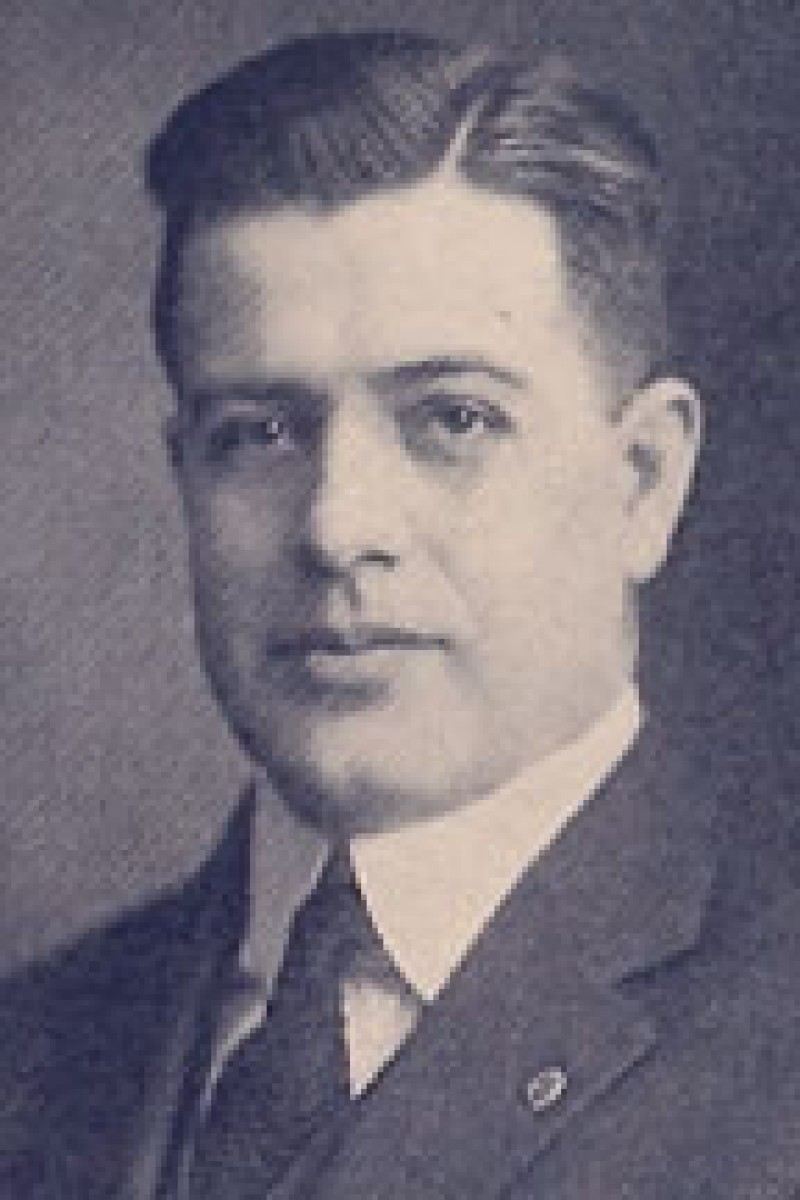Arthur H. Day
Arthur H. Day was equally proud of his judicial achievements and his unofficial world record for the 40-yard dash that he set as a varsity sprinter at Ohio Wesleyan University.
Day was born Feb. 1, 1890 in Pandora, Ohio to Dr. Hiram M. and Jessie Myers Ayres Day. He attended Ohio Wesleyan, where he received a bachelor’s degree in 1912. He attended Western Reserve University Law School for one year, but received his law degree from Cleveland Law School in 1917. He was admitted to the Ohio bar in 1917.
Day was elected to the Ohio Senate in 1921 and served until 1922. He returned to the Senate in 1925, for one year. His judicial career began in 1931, when he was elected to the Cleveland Municipal Court. One year later, he was then elected to the Cuyahoga County Court of Common Pleas.
On Nov. 6, 1934, Day was elected to the Supreme Court of Ohio, where he served a full six-year term. He ran for re-election, but was defeated on Nov. 5, 1940, by Gilbert Bettman.
One 1935 case that stands out in Day’s short tenure on the court is Ostrander v. Preece.
Ostrander involved the constitutionality of Ohio statute governing the right to transmit and inherit property when an heir dies within 30 days of the decedent. Joseph Stoddard died testate or with a will on Oct. 24, 1932. His wife died intestate three days later. Joseph Stoddard’s will left all his property to his wife and to her heirs and named her as executrix. The heirs of Joseph Stoddard claimed the entire estate based on Ohio statute, while the heirs of Clara Stoddard also claimed the entire estate and stated that the statute was unconstitutional because it deprived them of due process and, therefore, the claim of the heirs of Joseph Stoddard was invalid.
Day, writing for a unanimous Court, declared that the Ohio Constitution clearly puts the power to legislate in the hands of the General Assembly and that the responsibility of the judiciary is to “determine in particular cases whether the Legislature has reached and passed the extreme boundary of its legislative power.” Day held that the plaintiffs in error had no vested rights to be deprived of, and thus, the decision of the Court was there was nothing constitutionally objectionable in the statute.
After an unsuccessful run for Cuyahoga County prosecutor in 1941, Day again was elected to the Cuyahoga County Court of Common Pleas in 1942. He served four consecutive terms on the bench, and after being elected to a fifth, he died before he could serve any part of it.
In 1963, Judge Day instituted mass pre-trial sessions in the court of common pleas. This pre-trial system won him national renown and was copied in many counties. The system consisted of morning and afternoon discussions in open court with groups of litigants and their lawyers during which Judge Day urged compromise. The discussions were followed by supervised negotiations that led, more often than not, to settlement.
Day married Gertrude Medlin Bixby and they had two children. Gertrude died on April 15, 1940. Day then married Kathryn Mullen. Arthur Day died Jan. 11, 1967 in Cleveland and is buried at Holy Cross Cemetery in Cleveland.
At Day’s death, his colleague Donald Lybarger stated, “The community has lost an outstanding leader, the court a strong and effective jurist, and each judge who worked with him a cordial friend. He was in every sense a gentleman. He was characterized by a devotion to duty, a sense of impartiality and a desire at all times to endeavor to solve the problems of an over-burdened court…”

b. Feb. 1, 1890
d. Jan. 11, 1967
101st Justice of the Supreme Court of Ohio
TERM
Jan 1, 1935
to Jan 1, 1941
